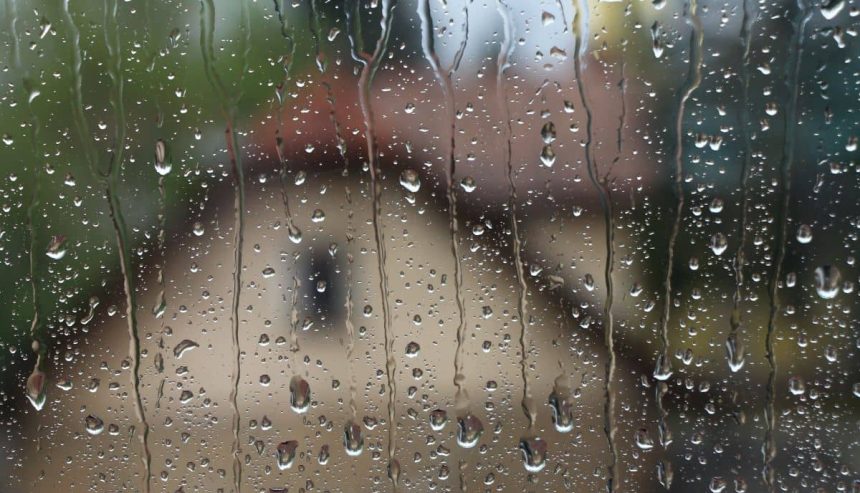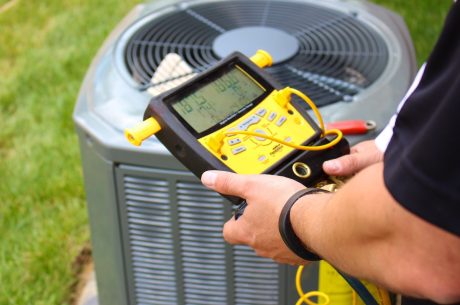
Spring weather is so unpredictable that sunny days are often followed by a week of thunderstorms. Not being prepared for spring storms may result in injuries, property damage or even death. Thunderstorms are the main hazards of severe spring weather. They are especially devastating in spring because the ground is still mostly frozen when rain starts to fall. The ground can’t absorb rainfall, causing the water to flow into rivers, lakes, roads, and even properties. Add rapid snowmelt to the mix and the result is flooding and property damage.
Preparing for such weather events is important. Protect yourself, your family, and your property from spring weather with these tips:
Preparing for Spring Storms
- Create a family evacuation plan with escape routes from each room in your house. Establish a meeting place outside and how to contact each other if separated. Practice the plan and evacuation routes with family members and ensure everyone understands the plan.
- Include your pets in your emergency preparedness plan. Have a separate emergency kit for them and make sure they wear ID tags.
- Everyone in the household should know how to turn off utilities (electricity, gas, and water) and how to use a fire extinguisher.
- Create an emergency supply kit that contains at least:
- A battery-powered flashlight and radio, as well as spare batteries
- Water bottles and non-perishable food to last for three to five days
- A first aid kit that includes antibiotic ointment, adhesive bandages, non-latex gloves, scissors, tweezers, cloth tape, etc.
- Blankets and warm clothing
- Personal hygiene items
- Get flood insurance since most homeowners policies don’t cover flood damage. Do it now as it takes 30 days for a flood insurance policy to go into effect. Learn more about flood insurance from the U.S. Department of Homeland Security at www.floodsmart.gov.
- Make an inventory of your belongings to help you file an insurance claim if needed. Also put important information, such as documents, personal numbers, and insurance policies in a secure place.
- Check your home for potential weaknesses and fix them to strengthen your home against damage. For example, tighten the roof shingles as they might fly off in severe winds.
- Prune any loose branches in your yard that could fall during a flood or storm. Remove dead vegetation from your yard and keep it clean.
- Clean the drains and gutters from debris to ensure proper drainage. Strong winds can quickly tear loose gutters from your home, so attach gutters tightly to your house.
During a Storm
- When a storm is approaching, bring things from your yard that can get damaged or carried by strong winds inside. Move all vehicles and equipment to high ground if possible.
- Don’t walk through moving water. A few inches of flowing water are enough to sweep you off your feet.
- If you’re outside and no shelter is in sight, get to higher ground and avoid areas prone to flooding such as low spots, washes, and dips.
- Don’t drive on flooded roadways. Just two feet of moving water can take away even a large car.
- If you’re at home, close the doors and shut the windows. Stay away from windows as items blowing in the wind might shatter the glass. If the storm is severe, go to the lowest area of your home such as the basement.
- Don’t touch wired electric equipment and avoid using utilities. Turn off utilities to prevent further damage in case of flooding or other dangers.
- Stay up to date on weather conditions. Obey local authorities if they instruct homeowners to evacuate. If the power is down, use a portable radio.
After a Storm:
- Make sure you and everyone else is safe. Check for damage to your home and be aware of hazards.
- If you suspect damage to utilities, call local authorities and wait for their approval to turn them back on.
- In case your home is flooded, avoid direct contact with floodwater. Flood-soaked porous contents like carpeting and furniture should be removed and discarded. Salvageable contents must be disinfected and dried to prevent mold growth. Remember, mold can grow within the first 24-48 hours after a flood.
- Make lists of the damaged or lost items and take photos. File the flood insurance claim that includes lists of damaged items, photos, your policy number, name of insurance company, and contact information.
Make a plan and act now before a flood or other disaster strikes your area. For emergency flood repair or mold removal service, call your local PuroClean. We can mitigate the damage and perform full restoration services in accordance with industry standards and best practices.




 PuroClean of Wakefield
PuroClean of Wakefield